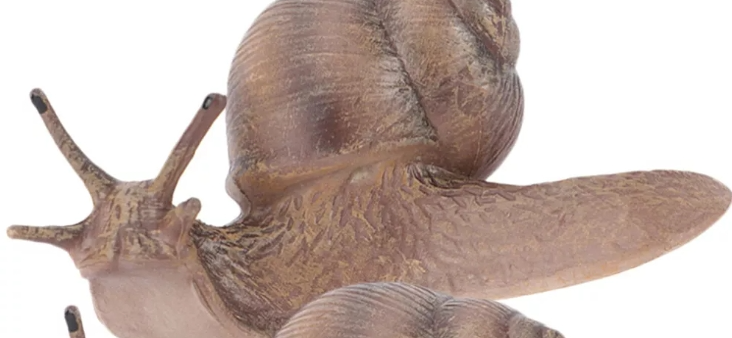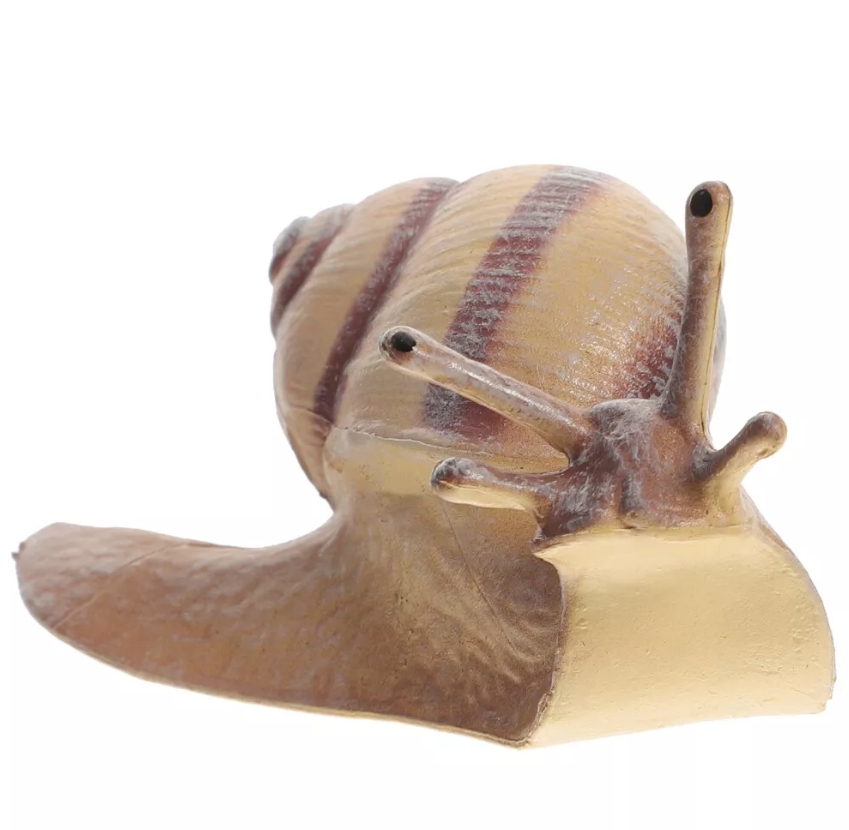The snail model is a geometric model commonly used to study the movement and growth patterns of living organisms. Its morphological characteristics are unique, usually with spiral structure as the main visual element, reflecting the law of spiral growth in nature. This model has a wide range of applications in various fields, including biology, mathematics, and art design.
In biology, snail models help scientists understand how organisms adapt and grow in specific environments. The snail, with its slow and steady movement, symbolizes a survival strategy of an organism. In the case of limited resources, organisms often need to adopt specific growth patterns and movement strategies to ensure survival. Snail growth patterns demonstrate adaptive changes in different external conditions, allowing researchers to analyze how organisms find the best path to survival in a changing environment.
The snail model is also mathematically attractive. Its spiral shape can be described mathematically, showing complex and beautiful geometric features. This shape is not only reflected in nature, but also often appears in art and architectural design. For example, the use of snail shape in the design can effectively increase the efficiency of space use, but also add a unique aesthetic to the visual experience.
In the art world, the source of inspiration for snail models often helps artists and designers explore the relationship between line and shape. Using the shape of the snail, the artwork conveys a sense of natural flow and vitality. This sense of flow not only makes the audience feel the dynamics of the work, but also can trigger deep emotional resonance.
As an innovative form that integrates nature, mathematics and art,the snail model provides a unique perspective for scientific research and creative expression. It is not only a tool for understanding biological adaptability, but also an embodiment of mathematical aesthetics,and an important element of artistic creation.




